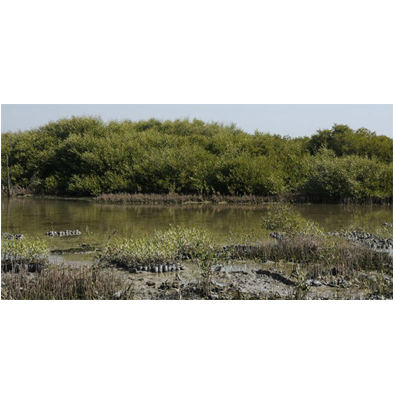
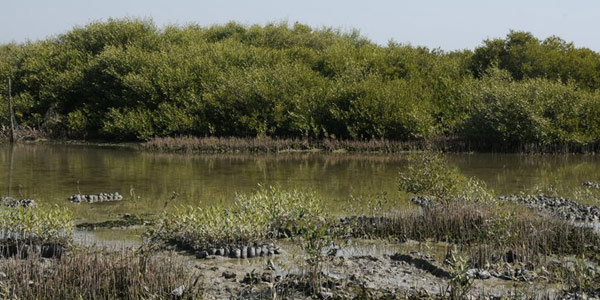
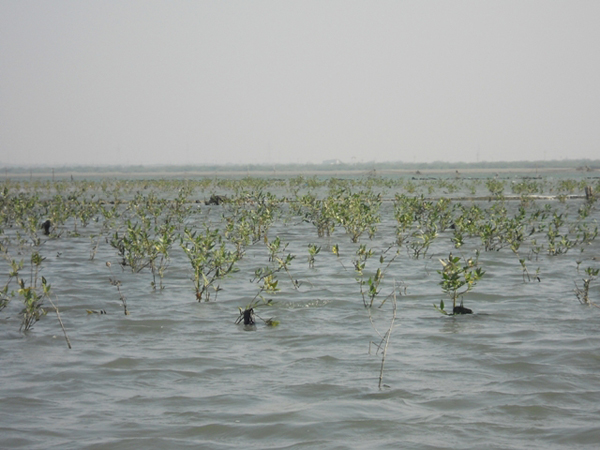
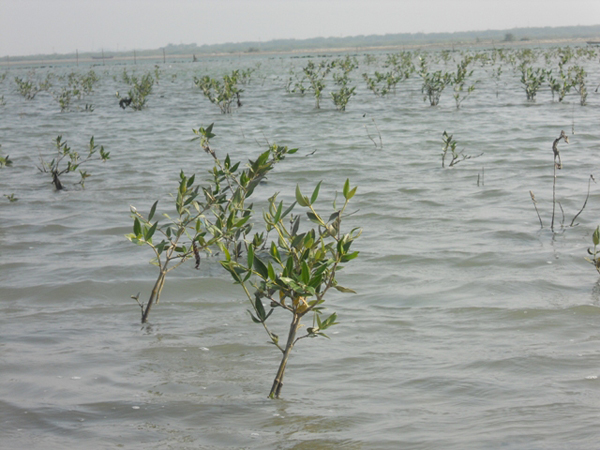
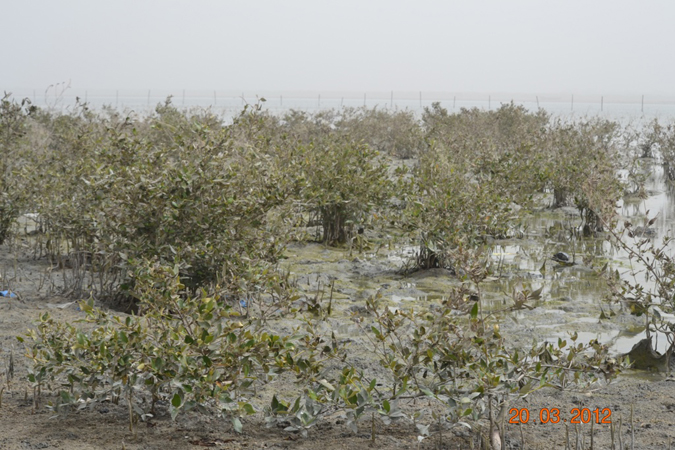
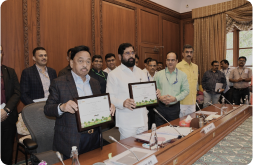
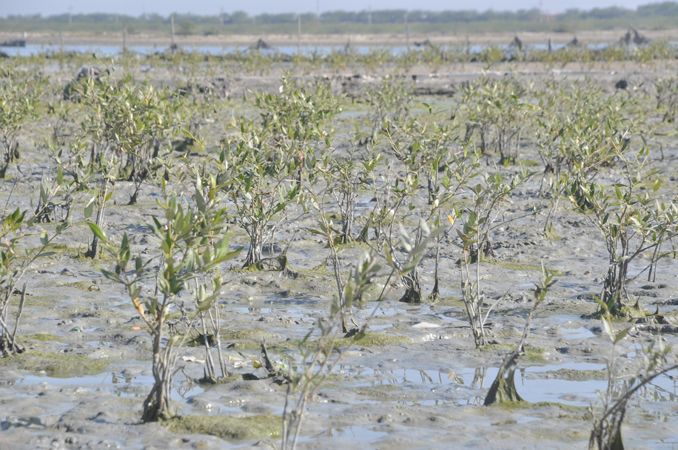
(1).jpg)
(1).jpg)
(1).jpg)
(1).jpg)
Project Target
0% Remaining
50,000
Trees Planted out of 50,000 Trees

Project Location:
Planting 50,000 mangroves at the famous Rukshmani temple creek, Dwarka, Jamnagar, Gujarat.
Project Aim
This project involves site at Dwarka, in the Jamnagar district of Gujarat. This temple stands 2 km away from Dwarka City and forms an important part of the local folklore. The conservation of the historical areas requires the planting of trees that are compatible to the need of the local community, like improving the local living conditions, states Jinghui Wang, in ‘Problems and solutions in the protection of historical urban areas.’ The 23rd August 2018 issue of India Today mentions that loss of tree cover in the surrounding areas of the heritage buildings, makes them vulnerable to ill effects of pollution and degradation by natural agents, in the article, ‘Supreme Court concerned over depleting tree cover, rising pollution around Taj Mahal.’ The same holds true for other heritage buildings as well.
The plantation mainly includes the plantation of mangrove tree that form the most complex ecosystems as they survive in both aquatic and dry conditions and support a variety of both terrestrial and aquatic life. They keep at bay Ecosystem Based Disaster, says the United Nations Environment Programme. The World Wide Fund says that the mangrove trees keep a balance in the environment by transferring the carbon from the land to the sea. The organic matter from the trees forms the base of marine food chains. The trees contribute generously to poverty reduction, reduction of recurring drought, and absorption of carbon, according to the Gujarat Institute of Ecology.
By involving the participation of the local community, the objective is to restore the ecological balance in the coastal areas of this region, so that the culture, society as well as the economy is preserved, by the awareness of the community.
Mangrove(Avicennia marina).
The mangrove trees hold 1,000 tonnes of carbon according to the United Nations Environment Programme thus balancing the aquatic and terrestrial environment. This capacity of the tree also helps the trees in protecting the heritage buildings by shielding them from the harmful effects of the pollution. The trees also help in preserving the aquatic life including fishes, shrimps and crabs, thus providing livelihood opportunities to the people living along the coastal area. They also protect against the natural phenomenon like floods and storm surges, which in turn protect the heritage buildings as well as the local community. The roots of the tree filter as much as 90% of the salt water, thereby preventing salinization of the land, according to the World Wide Fund. Thus the trees form an indispensable part of the environment they belong to and protect the local ecology consisting of both the local community and the local fauna.
Social Impact of Growing Trees
Community Engagement
Tree planting initiatives often involve local communities, which can lead to greater community cohesion.
Ecological Education
Provides opportunities for community members, especially children, about the importance of environmental sustainability.
Urban Beautification
Trees contribute to the aesthetic enhancement of urban areas, making cities more pleasant and liveable.
Climate Resilience
By improving green cover, tree planting helps make communities more resilient against climate impacts like heatwaves.
Employment Creation
Planting trees creates employment for local community members like planting and maintenance, administrative roles, and more long-term jobs in management.
Wildlife Habitat
Trees provide critical habitats for various species of wildlife. Enhancing tree cover helps preserve biodiversity, which can be an ecological boon for local communities
Copyrights @ 2025 All rights reserved by Pangea EcoNetAssets Pvt Ltd.